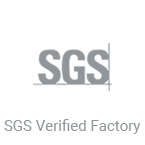Foam Rubber Material Manufacturer in China(Saint-Gobain's Chinese Manufacturing Plants)
Toptape® is your trusted Foam Rubber Material supplier. We provide Foam Rubber of different types and materials,
- Various thickness and width which suits all your needs
- Environmental engineering technology
- Softness and elasticity
- Wide applications in different industries
What is Foam Rubber Material?
Toptape® Foam rubber, also known as sponge rubber or cellular rubber, is a type of synthetic rubber or latex foam that is produced by introducing gas bubbles into a rubber compound during its manufacturing process. This results in a material with a cellular structure, similar to that of a sponge, which gives it its characteristic soft and flexible properties. Foam rubber is widely used in various applications due to its cushioning, shock-absorbing, and insulating properties.
Foam Rubber Material Series

PVC Foam
Toptape® PVC Foam Rubber is a type of foam material that is made from polyvinyl chloride (PVC), a synthetic plastic polymer. PVC foam rubber is created by introducing gas into a PVC compound during the manufacturing process, which forms a cellular structure similar to sponge rubber. This structure gives PVC foam rubber its characteristic lightweight, soft, and flexible properties.
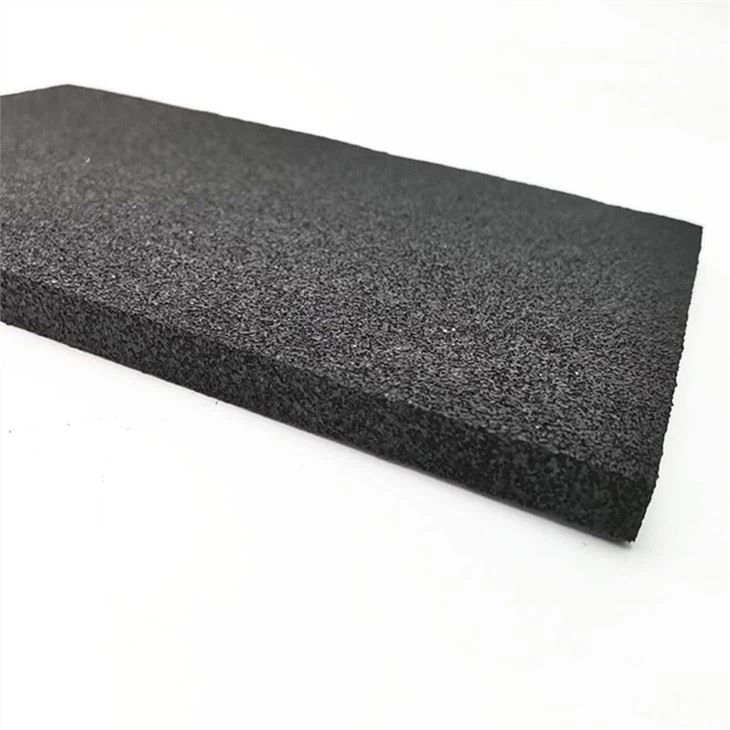
Rubber Foam
Toptape® Rubber foam, also known as foam rubber or sponge rubber, is a type of cellular material made from natural or synthetic rubber. It is produced by introducing gas bubbles into a rubber compound during the manufacturing process, resulting in a material with a cellular structure similar to that of a sponge. This structure gives rubber foam its unique properties of softness, flexibility, and resilience.
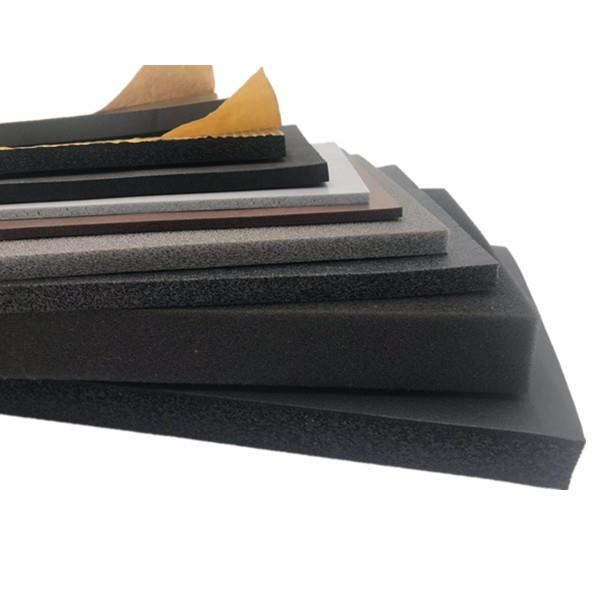
Plastic Foam
Toptape® Plastic foam refers to a lightweight and versatile material that is composed of numerous small bubbles or cells trapped within a plastic matrix. These cells can be open or closed, and they give plastic foam its characteristic properties of low density, excellent insulation, and cushioning ability. Plastic foams are widely used across various industries due to their unique combination of properties.
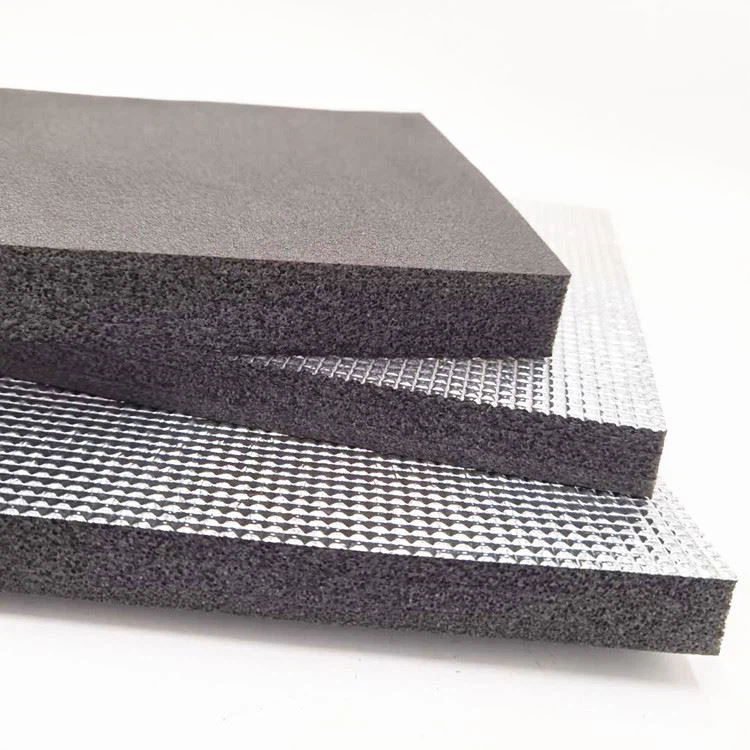
XPE Foam
Toptape® XPE foam, also known as cross-linked polyethylene foam, is a type of closed-cell foam made from polyethylene and is known for its durability, flexibility, and thermal insulation properties.
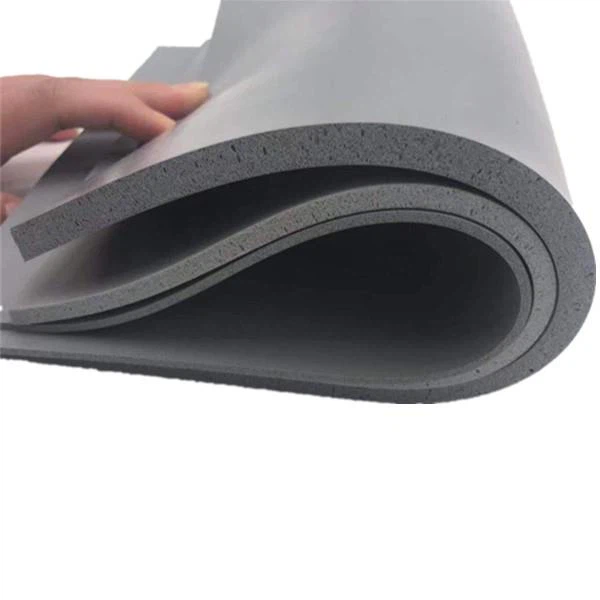
Silicone Foam
Toptape® Silicone foam is a type of synthetic rubber foam that is made from silicone polymers. It is known for its unique properties and wide range of applications across various industries.
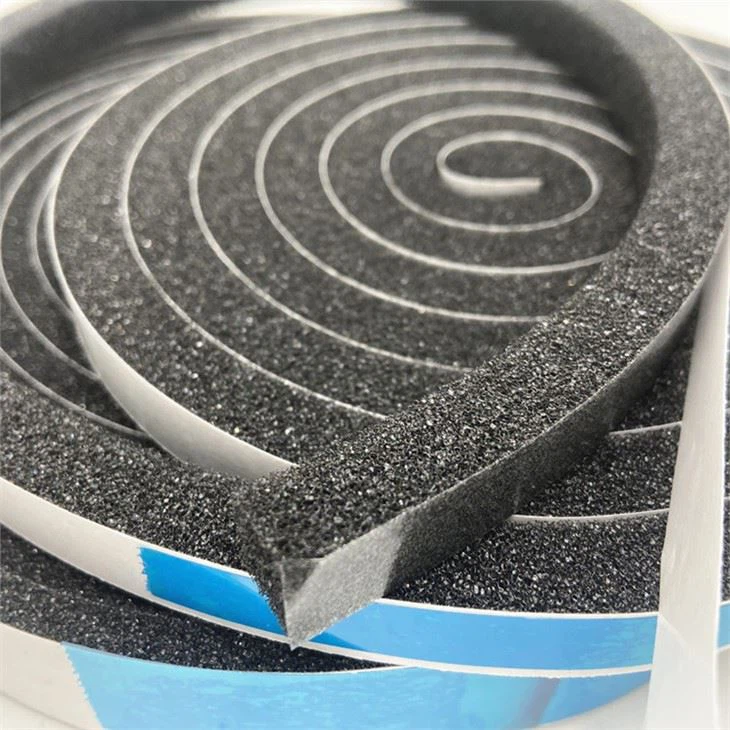
Pu Foam
PU foam stands out as a remarkably versatile material renowned for its multifaceted applications in cushioning, insulation, and structural support. PU foam derives its utility from its unique chemical ...
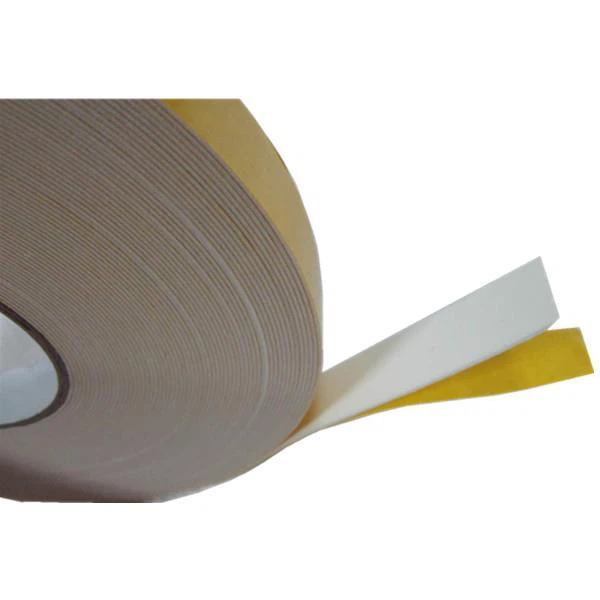
Pe Foam
PE foam, or polyethylene foam, is a lightweight and versatile material known for its cushioning, shock-absorbing, and insulating properties. It is produced by introducing gas into a polyethylene compound during the manufacturing process...
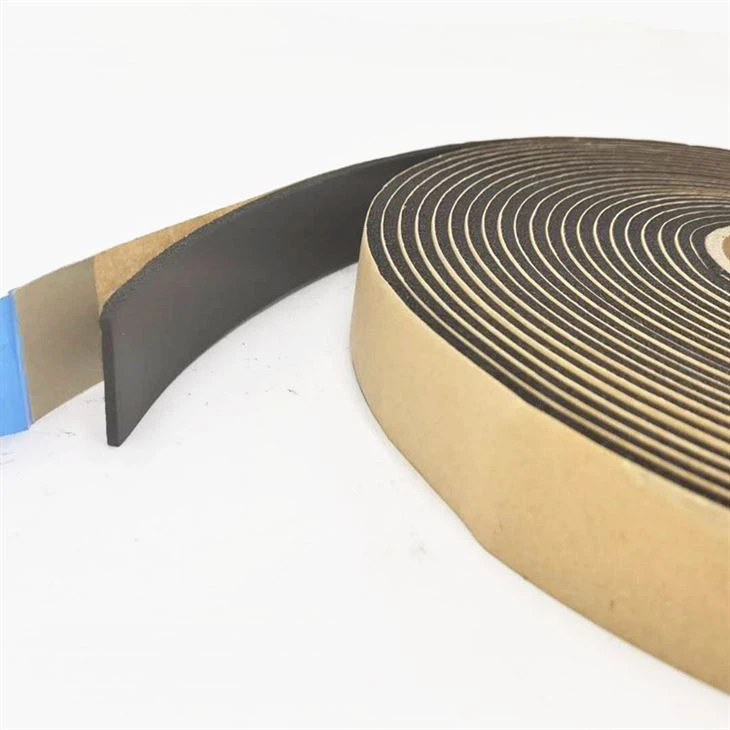
Neoprene Foam
Neoprene foam stands out as a highly versatile and resilient material within the realm of synthetic rubber foams, celebrated for its exceptional adaptability across a diverse spectrum of applications. Crafted from a specialized blend of...
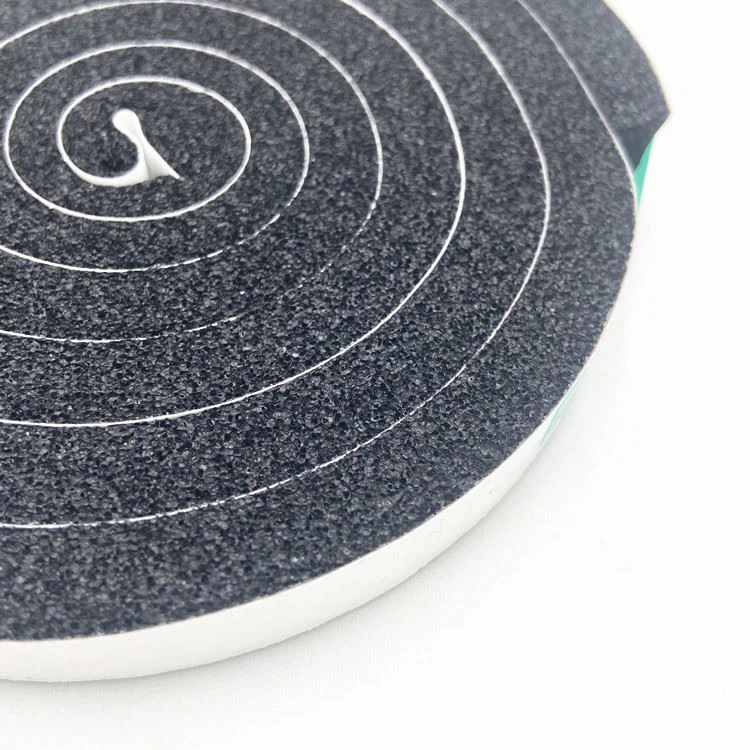
Epdm Foam
EPDM foam, scientifically termed ethylene propylene diene monomer foam, is renowned in industrial and consumer spheres for its exceptional durability and weather resistance. This closed-cell synthetic rubber foam is celebrated for its robust performance across ...
Toptape®️ Foam Rubber Material Advantages
Cushioning
Foam rubber provides excellent cushioning and comfort due to its soft and pliable nature.
Water Resistance
Certain types of foam rubber exhibit good resistance to water and moisture absorption.
Insulation
Foam rubber is a good insulator against both temperature and sound.
Durability
Foam rubber is able to withstand repeated compressions and deformations.
Toptape®️ Foam Rubber Material
Foam rubber has varying density based on type and use, typically low for easy handling and good shock absorption. It's highly elastic and quickly rebounds to its original shape, making it versatile for seating, cushions, protective pads, and sports equipment.
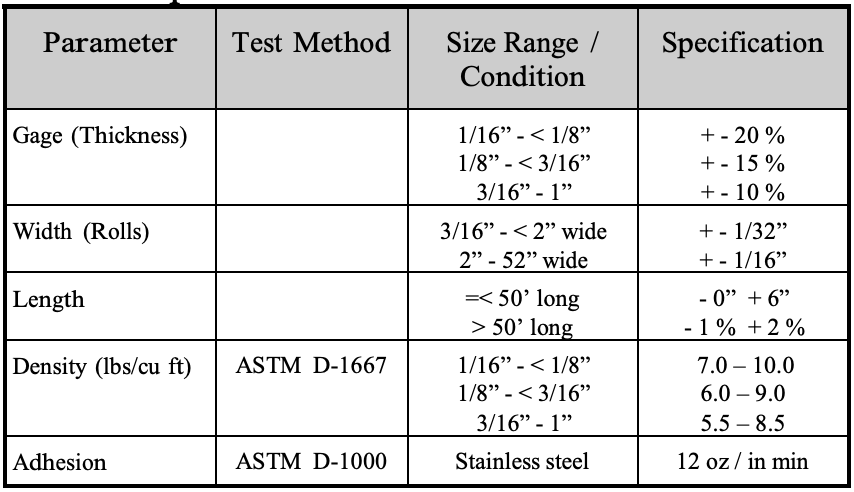
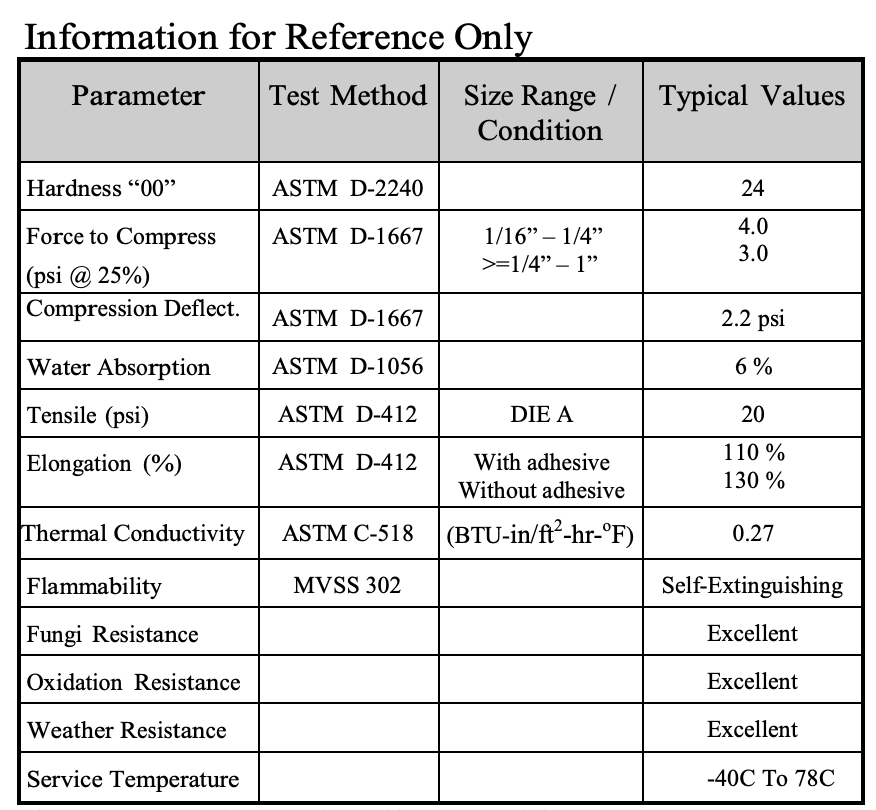
Back Stripping
Foam material hardness and compressibility are influenced by density, cell structure, material type (like polyurethane or polyethylene), additives, and manufacturing methods. Environmental conditions can also affect these properties. These factors collectively define the foam's firmness, flexibility, and durability for various applications.
Different Density of Foams
Foams are categorized into light and medium densities. Light foams (1-2 lb/ft³ or 16-32 kg/m³) are soft, compressible, and used in cushions and packaging. Medium foams (2-6 lb/ft³ or 32-96 kg/m³) offer a balance of firmness and flexibility, ideal for upholstery, cushions, insulation, and soundproofing. Choosing between them depends on specific application needs like support, comfort, and durability.

Choose Toptape To Produce Your foam material and the finished foam products


With increasing environmental protection awareness in China’s manufacturing industry, Toptape will be committed to improving the research and development, production, sales, and service of environmentally friendly adhesives. We will continue to provide new surprises for the environmental protection manufacturing industry.
Message us now!
Additional Information of Foam Rubber Material
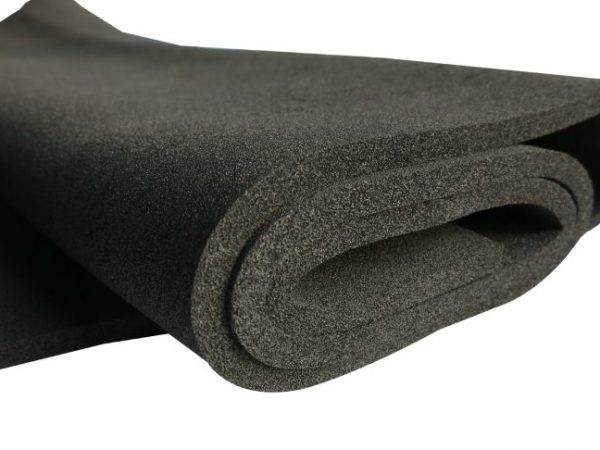
Key Features
- Cushioning: Foam rubber provides excellent cushioning and comfort due to its soft and pliable nature, making it ideal for mattresses, pillows, and seat cushions.
- Shock Absorption: It absorbs shocks and impacts effectively, protecting fragile items during transportation and enhancing safety in sports equipment.
- Insulation: Foam rubber offers thermal and acoustic insulation, maintaining stable temperatures in buildings and reducing noise transmission.
- Versatility: Available in various densities and forms (flexible, rigid, spray), foam rubber serves diverse applications in industries like automotive, construction, and healthcare.
- Durability: It is durable and resilient, withstanding repeated use and maintaining its properties over time.
- Water Resistance: Certain types of foam rubber, particularly closed-cell varieties, resist water and moisture penetration, making them suitable for outdoor and marine applications.
- Lightweight: Foam rubber’s lightweight nature facilitates handling, installation, and transport in manufacturing and construction.

Additional Information
- Customization: Manufacturers can tailor foam rubber properties by adjusting density, additives, and formulations to meet specific application requirements for softness, firmness, or special characteristics like flame retardancy.
- Environmental Impact: There is a growing emphasis on developing eco-friendly foam rubber options, using sustainable materials and reducing volatile organic compounds (VOCs) emissions during production.
- Health and Safety: Foam rubber products are often tested for safety and compliance with regulations regarding emissions, toxicity levels, and fire resistance standards.
- Applications: Besides traditional uses in bedding, furniture, and packaging, foam rubber finds applications in medical devices, automotive components, and aerospace due to its versatility and performance under demanding conditions.
- Maintenance: Proper care and maintenance can prolong the lifespan of foam rubber products, ensuring continued performance and durability over time.
- Innovation: Ongoing research and development in foam rubber technology lead to advancements in materials, production methods, and applications, expanding its potential uses and improving performance characteristics.





